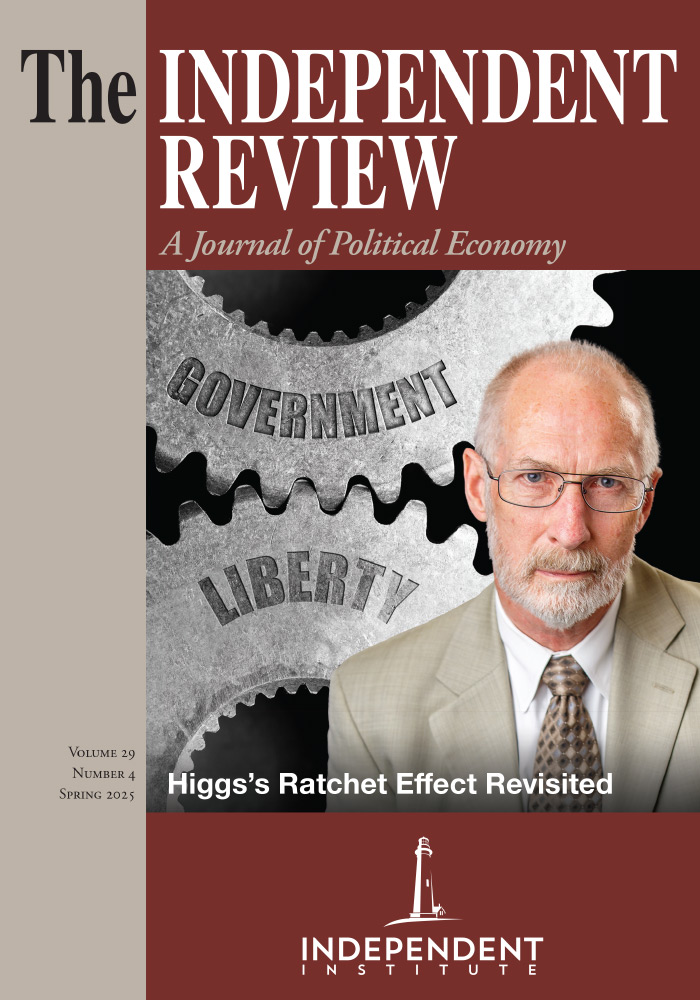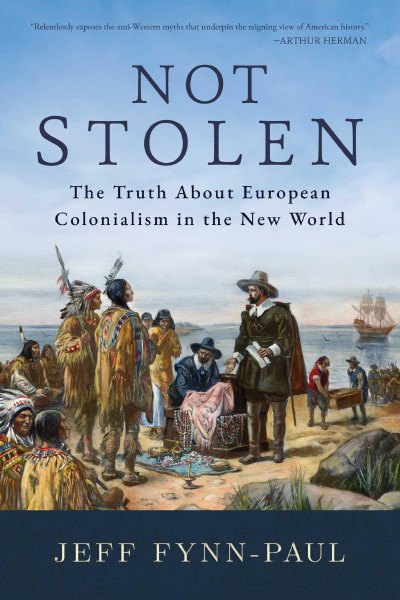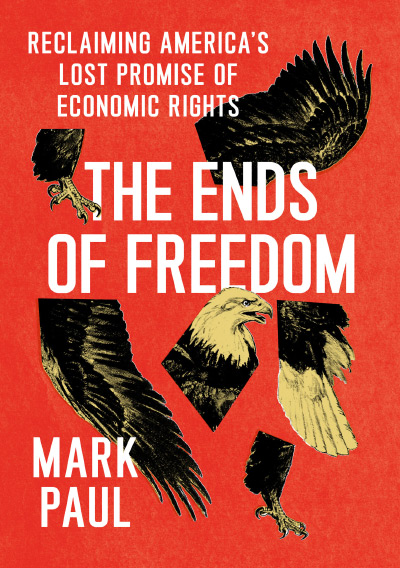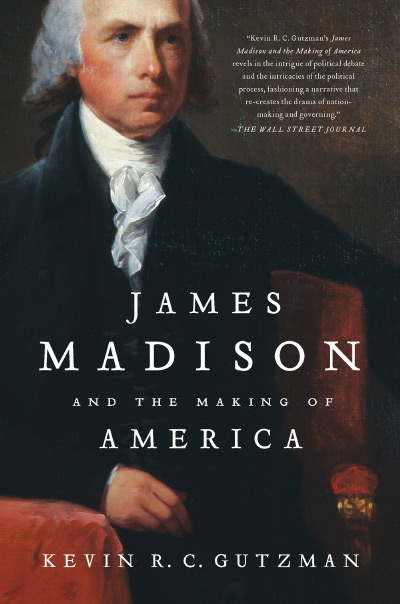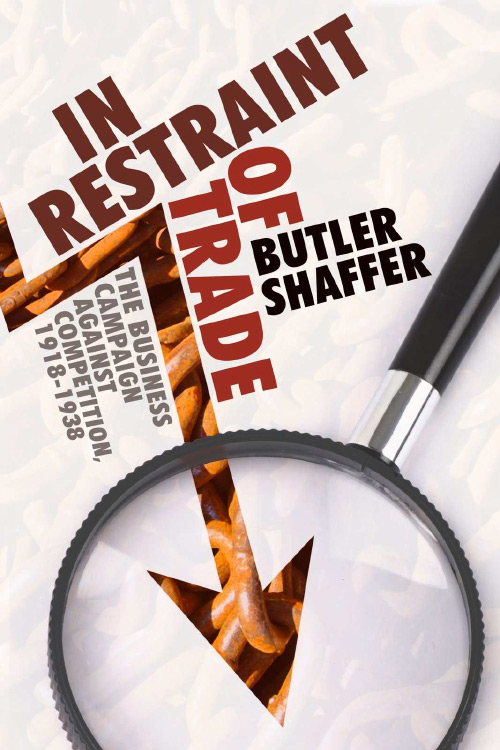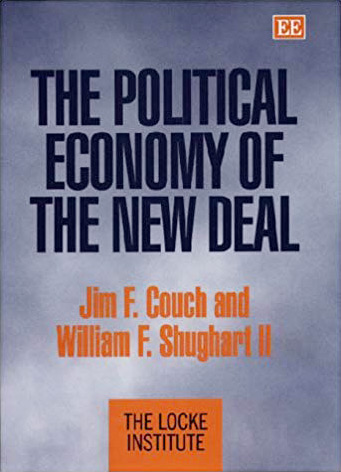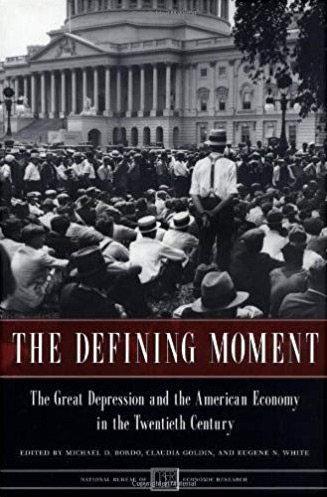The title of Not Stolen is misleading for two reasons. First, historian Jeff Fynn-Paul admits that—although it wasn’t the norm—in some cases considerable amounts of land were effectively stolen from Native Americans. More importantly, the subject matter of the book is far broader than the title suggests. This is a real asset, as Fynn-Paul is a knowledgeable, interesting, and insightful writer. Mostly likely he selected the title because he knew it would attract attention—and the book clearly deserves attention.
Fynn-Paul’s central argument “is that the recent fashion for extreme anti-European allegations is too extreme for rational, balanced, scientifically minded people to take seriously. Widely accepted charges such as ‘genocide,’ mass murder, the primacy of racism and slavery, and the idea that the United States and Canada are illegitimate because they were founded on ‘stolen ground’ were confined to the radical fringes of the historical profession as recently as a decade ago. Yet via the mechanism of social media the most extreme views have captured the historical profession, rendering it helpless to counteract charges that most of us used to acknowledge were disingenuous, even unhinged” (p. xxiii). Fynn-Paul is a Lecturer in History at the University of Leiden with a strong academic pedigree, having published books on Iberian social and economic history in the Middle Ages with Cambridge University Press and Routledge. His primary argument is that uninformed amateur historians—both inside and outside of academia—are ruining our understanding of history, while pushing a radical agenda and that their absurd ideas aren’t difficult to debunk. Ultimately, he is very successful in unmasking a series of lies, much as Mary Grabar was successful in debunking the master of fraudulent history, Howard Zinn, in a book that I reviewed in The Independent Review five years ago.
Not Stolen consists of twenty chapters that are framed as questions. “Did Europeans Commit Genocide in the New World?,” “Were Native Americans Naturally Peaceful and Benevolent?,” and “Are Natives Owed Reparations?” are examples. The chapters generally open with extreme charges made by ill-informed, but influential provocateurs, which Fynn-Paul aims to negate. He is generally successful.
Did Europeans commit genocide in the New World? Fynn-Paul reiterates the consensus view that the population collapse in the New World was primarily due to the spread of Old-World diseases to which the indigenous population had no immunity. He is particularly effective in puncturing the idea that Hispaniola (home of Haiti and the Dominican Republic) had a thriving population of about seven million before the arrival of Christopher Columbus. A population of seven million would imply that heavily-forested Hispaniola’s population density was six times as high as England’s. The idea that the island could support this many people without using metal tools, without the power of domesticated animals, and with a very limited range of local crops is simply preposterous. A more reasonable estimate, supported by archaeologists and historians, is about 200,000 people. This population most likely fell by more than half within a couple decades—a tragic event, but not the exaggerated cataclysm of millions dead. And, to reiterate, the actual decline was “due to a combination of disease, flight, and mistreatment—in that order” (p. 32), which has been the consensus view. If such populations were wiped out throughout the Americas, Fynn-Paul points out, then it wouldn’t be the case that “Europeans remain a minority in every country that had a dense settlement of Indigenous people in 1491” (p. 41). He could have done more to back up and quantify this point. A recent study pulled together evidence to estimate the fraction of people’s genes that come from the Americas, Europe, and Africa in thirty New World locations. The authors report that 92 percent of Peruvians’ genes come from American parental populations and only 6 percent from Europe. The American percentages are 73 percent in Ecuador, 62 percent in Mexico, 56 percent in Chile, 53 percent in Guatemala, and 44 percent in Colombia, for example, but lower in Venezuela (25 percent), Brazil (17 percent), and Puerto Rico (14 percent) and well below 10 percent in most of the Caribbean.
Was the Trail of Tears genocidal? Fynn-Paul argues that “the real history surrounding the Trail of Tears reveals that terms like ‘genocide’ are unhelpful for understanding what actually happened to the southern Indians in the 1830s” (p. 291). The United Nations defines “genocide” as “any of the following acts [killing, causing serious bodily or mental harm, imposing measures intended to prevent births, etc.] committed with intent to destroy, in whole or in part, a national, ethnical, racial or religious group” (emphasis added). Genocide was clear in the case of the Nazis’ master plan, as they spelled out their goals. But the term doesn’t apply to the American situation. The goal was to remove the Cherokee and other tribes from one region to another and 95 percent of them survived. “No matter how you slice it ... the removal was grossly unfair, and the way it was enforced was cruel and capricious” (p. 276)—but not genocidal. Fynn-Paul decries lowering the bar of what constitutes genocide, which gives cover to those with much more villainous records.
Did Europeans starve, massacre, and spread disease among natives? Fynn-Paul is especially successful in deflating the “poisoned blanket” smallpox myth: “archival research of hundreds of historians has only turned up a handful of instances where Europeans may have spread smallpox as a form of biological warfare—and all of these are inconclusive” (p. 300). According to historian Paul Kelton, author of several books and articles on the dissemination of disease among American Indians, and historian Philip Ranlet, an incident at Fort Pitt during the French and Indian War “is the single documented case of Europeans or Americans attempting to sow disease among the Native Americans—in all of American history” (p. 300). Even more important, he explains, European Americans launched widespread inoculation programs to save Indians’ lives, including King Charles IV of Spain authorizing a massive expedition in 1803 whose purpose was to inoculate as many Indians as possible.
Fynn-Paul defines “massacre” as “an event in which five or more disarmed combatants or noncombatants were slaughtered” (p. 212). He cites William Osborn, who estimates that in the Continental United States between Jamestown and Wounded Knee, about 7,193 Natives died at the hands of Europeans and about 9,156 Europeans died at the hands of Indians in massacres. Many will be surprised by these low magnitudes.
Were Native Americans naturally peaceful and benevolent? Fynn-Paul reminds us that peace was not the norm among Native Americans both before and after the arrival of Europeans. This was no accident. Resources were scarce and people fought over them. “There are very few general truths in the history of global civilization, but one of the most reliable is that in areas where rulers monopolize violence on a small scale, warfare, raiding, and slavery will be endemic. Steven Pinker calls this ‘the inescapable logic of anarchy.’ ... General peace is only possible when strong rulers monopolize violence on a large scale; this is the only thing that has historically protected people from a near-continuous threat of localized raiding” (p. 137). It was almost impossible to be peaceful and benevolent in a pre-modern world where peoples were always on the move looking for resources in places where others were also looking. But Fynn-Paul reminds us that the largest population hub of the New World, the cradle of its settled agriculture, was an especially violent, downright hellish place. The ruling Aztecs didn’t merely practice human sacrifice as part of their religion—sacrificing about 20,000 victims per year—there is strong evidence that they also practiced extensive cannibalism. Their victims “corpses were dismembered and distributed as food to members of the population” (p. 145). “The Aztecs were notoriously short of large domesticable animals to use for food, so this steady ritual of human sacrifice met a social need for protein” (p. 144). And it wasn’t only the Aztecs. Analysis of human feces at the molecular level has “provided the smoking gun” (p. 142) of distinctive evidence of cannibalism among the Hopis of the southwestern U.S. and human sacrifice seems to have been “a central facet of the community’s religious life” in Cahokia. Only after Europeans arrived in Mexico did large-scale conflict among tribes cease. For the first time in recorded history, “peace descended across the land to an unprecedented extent. People should be talking about the Pax Hispanica” (p. 132) concludes Fynn-Paul. This peace helps explain why, after the disease-induced population crash, populations rebounded strongly. The population of Mexico, for example, is estimated to have almost doubled tripled between 1600 and 1700 and to have risen another 50 percent in the next century.
What about the title question of the book: was America stolen? Again, the answer is (mostly) no. Fynn-Paul argues that Europeans had a “grudging respect for Indian property rights, when these were property spelled out. European court systems did not like to see property rights abnegated for no reason, and Indians quickly learned that deeds and treaties often gave them some form of redress against white land speculators” (p. 244).
I was surprised that this chapter did not draw on legal historian Stuart Banner’s How the Indians Lost Their Land: Law and Power on the Frontier (Harvard University Press, 2007). Did the Indians own the land? Were the English bound to purchase it or could they simply take it? Banner concludes “by the late seventeenth century, ... English government officials settled on an answer. In principle, if not always in practice, the English recognized the Indians as the owners of North America. If the English wanted Indian land, they would have to buy it” (p. 10). “Early seventeenth-century Massachusetts towns were typically founded by purchases from the Indians. In 1663 the proprietors of the new colony of Carolina assumed that the first settlers would buy land from local Indians. The same year in New York, when the Dutch government tried to prevent three English settlers from purchasing Indian land, the settlers proudly declared ‘that we would purchase the land as we are Englishmen’” (p. 24). “From Maine to Georgia, the ordinary way to acquire Indian land was to buy it” (p. 26).
My ancestors settled in recently-founded Wethersfield, Connecticut around 1640. It fits this pattern in an interesting way. English settlers were invited to the area by the Wangunk who wanted protection from the Pequots in the period just before the Pequot War. They accepted the invitation but by the time they arrived the area’s native population had almost disappeared due to a smallpox epidemic. In any case, they then paid the Native Americans about 10 shillings per acre for the land. (One of the massacres of Europeans by Indians—the Pequots—occurred in Wethersfield shortly after its settlement.)
Banner concludes that the “English, who had plenty of goods, wanted Indian land, while the Indians, who had plenty of land, wanted English goods. There were enormous gains to be had from trade. It would have been remarkable if the Indians hadn’t traded land for other things. If creatures from another planet were to arrive on earth bearing astonishing labor-saving devices of which we had never conceived and offered them to us in exchange for some commodity we possessed in abundance, we would make the same trade today” (p. 51). The law continued to require that Indian land be purchased, however, “the size of the gap between theory and practice had always been a function of the relative power of settlers and Indians. By the late nineteenth century, the settlers were more powerful relative to the Indians, in terms of numbers and technology, than they had ever been,” so that the divergence between the law and practice “reached its widest point in the second half of the nineteenth century” (p. 244). As we moved into the nineteenth century, it appears, more land was essentially stolen from the Indians—including the land of the Cherokee in Georgia, as Fynn-Paul notes. In this case, the state of Georgia refused to recognize and enforce Indians’ property rights despite the Supreme Court’s ruling in Worcester v. Georgia.
I found this chapter somewhat disappointing and under-sourced. However, on the whole Not Stolen fulfills its promise fairly well. Were Native Americans natural environmentalists? (No and yes, says the author.) Were Native Americans natural communists? (The question is anachronistic, he argues.) Did the founding fathers steal the idea of democracy from the natives? (Rather a silly idea, he shows.) If you want useful information on questions like these, this is a useful and engaging source.
| Other Independent Review articles by Robert M. Whaples | ||
| Spring 2025 | Millennials, Gen Zs, Capitalism, Socialism, and Confusion | |
| Spring 2025 | Green Breakdown: The Coming Renewable Energy Failure | |
| Spring 2025 | Heavy Metal: Earth’s Minerals and the Future of Sustainable Societies | |
| [View All (106)] | ||

